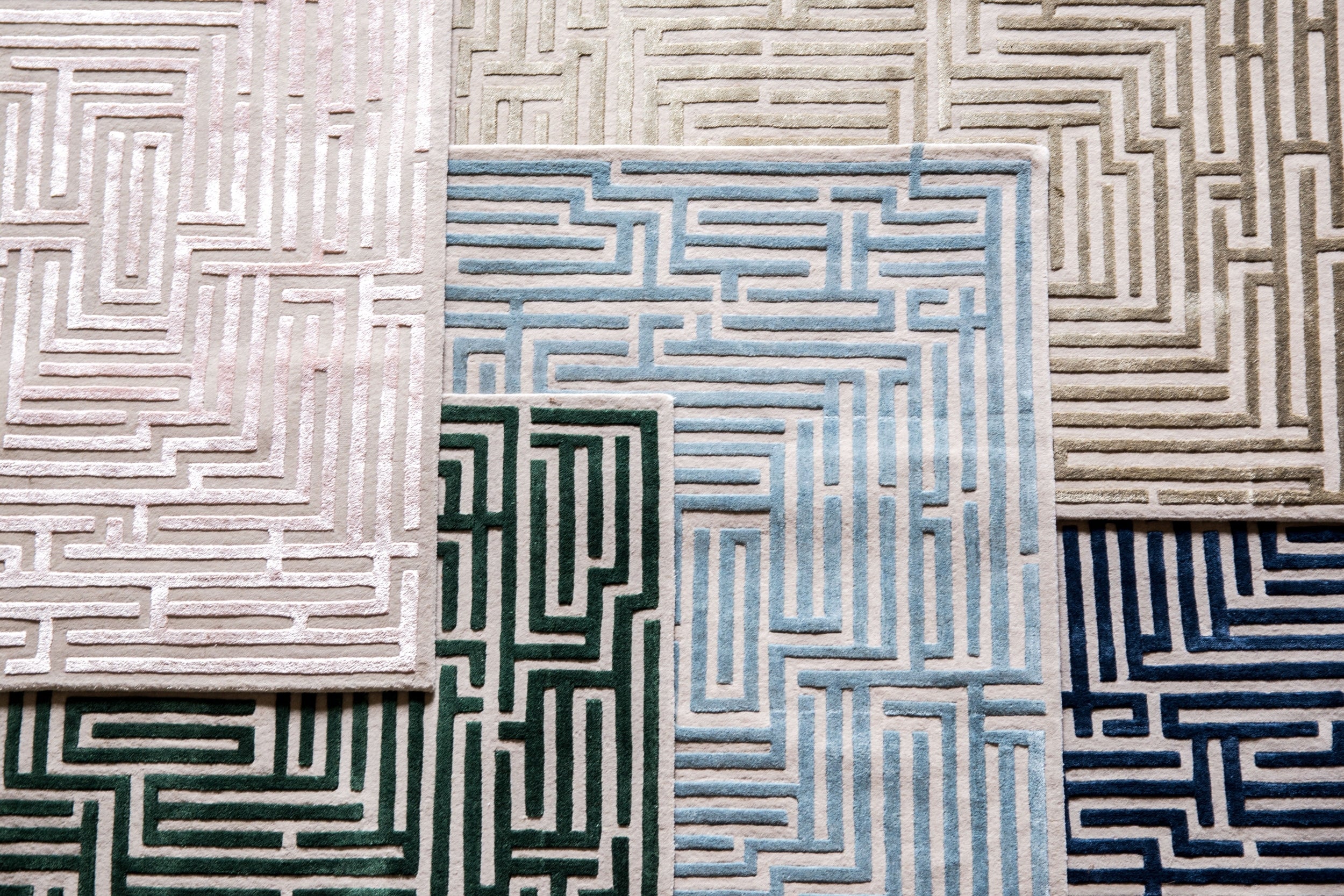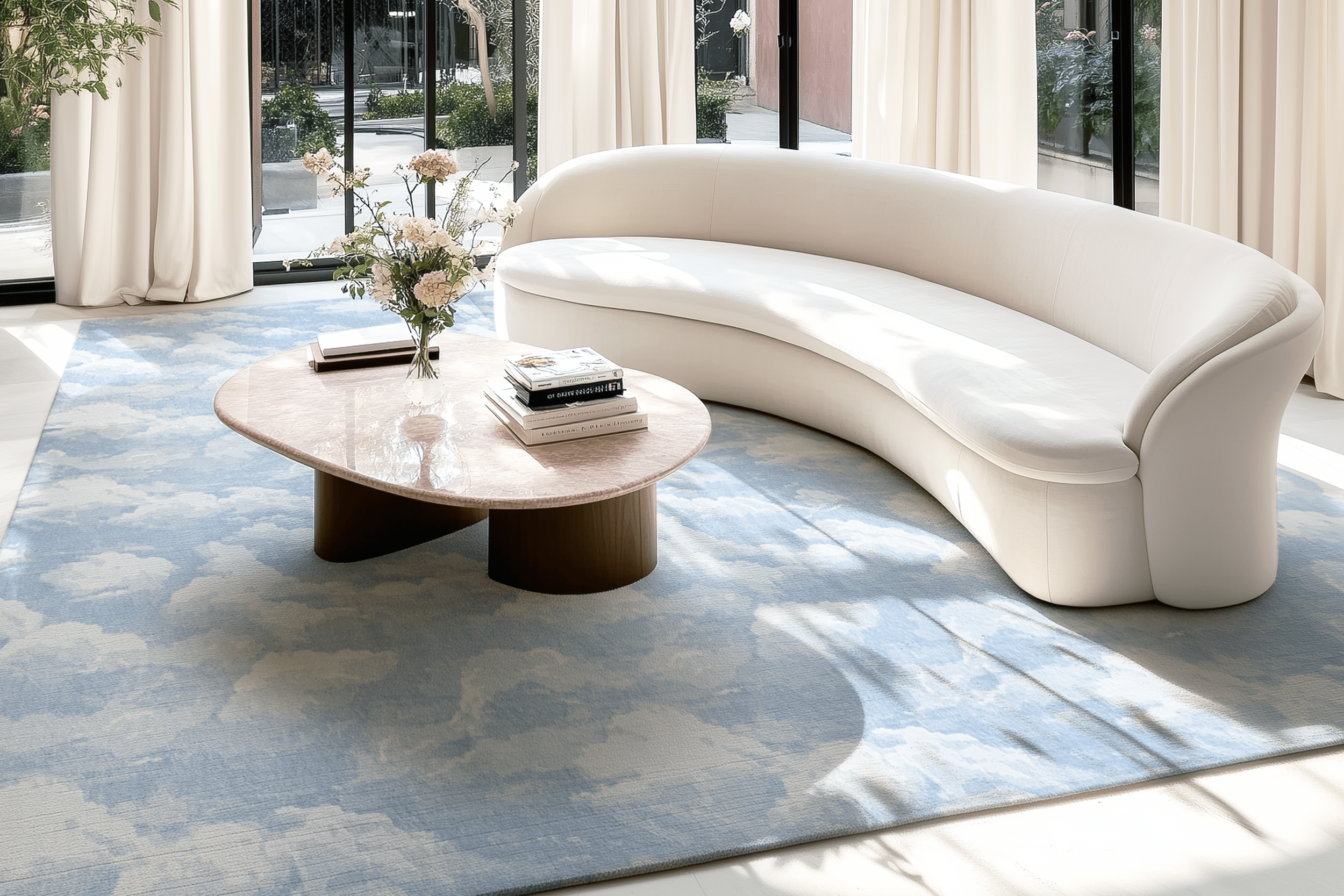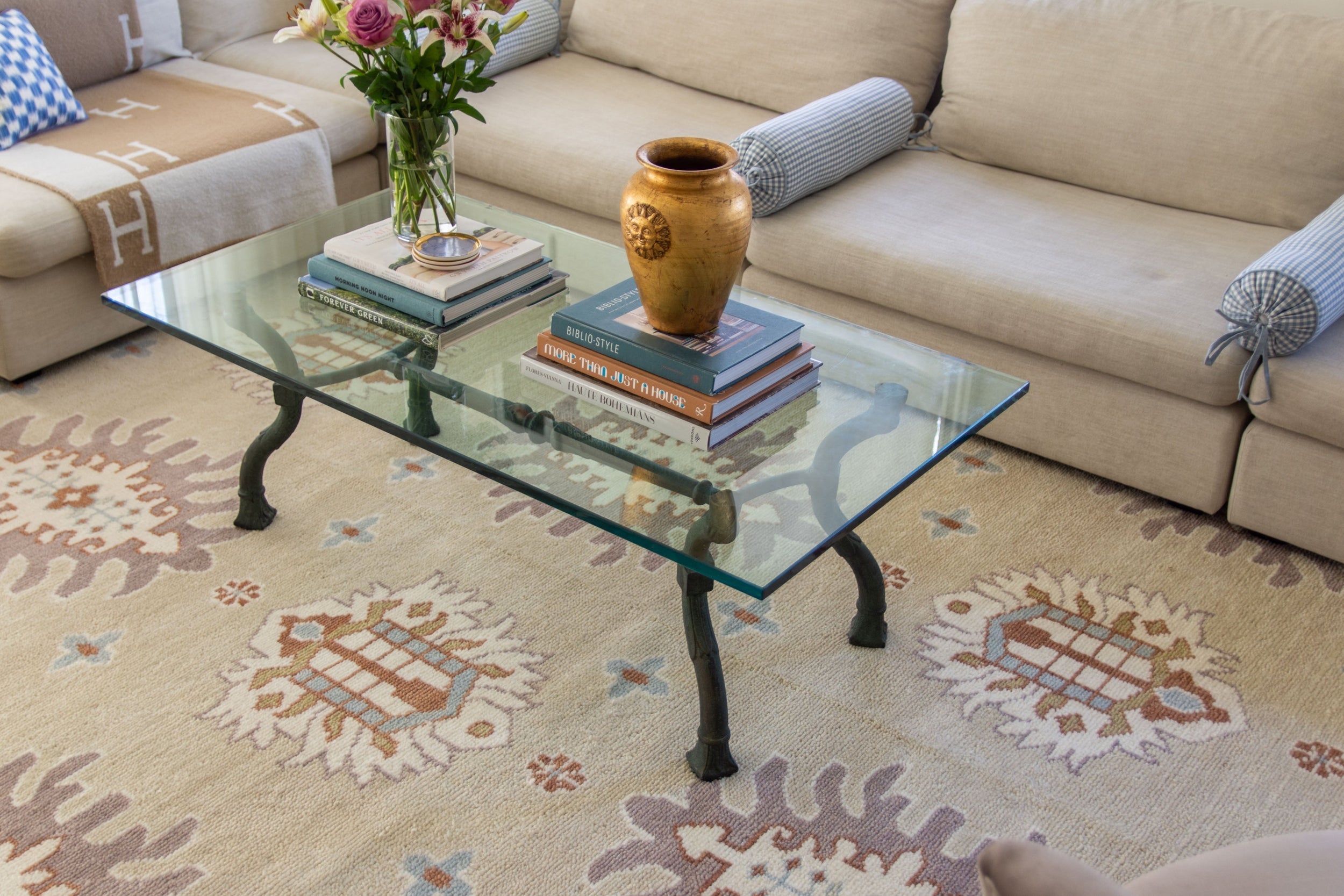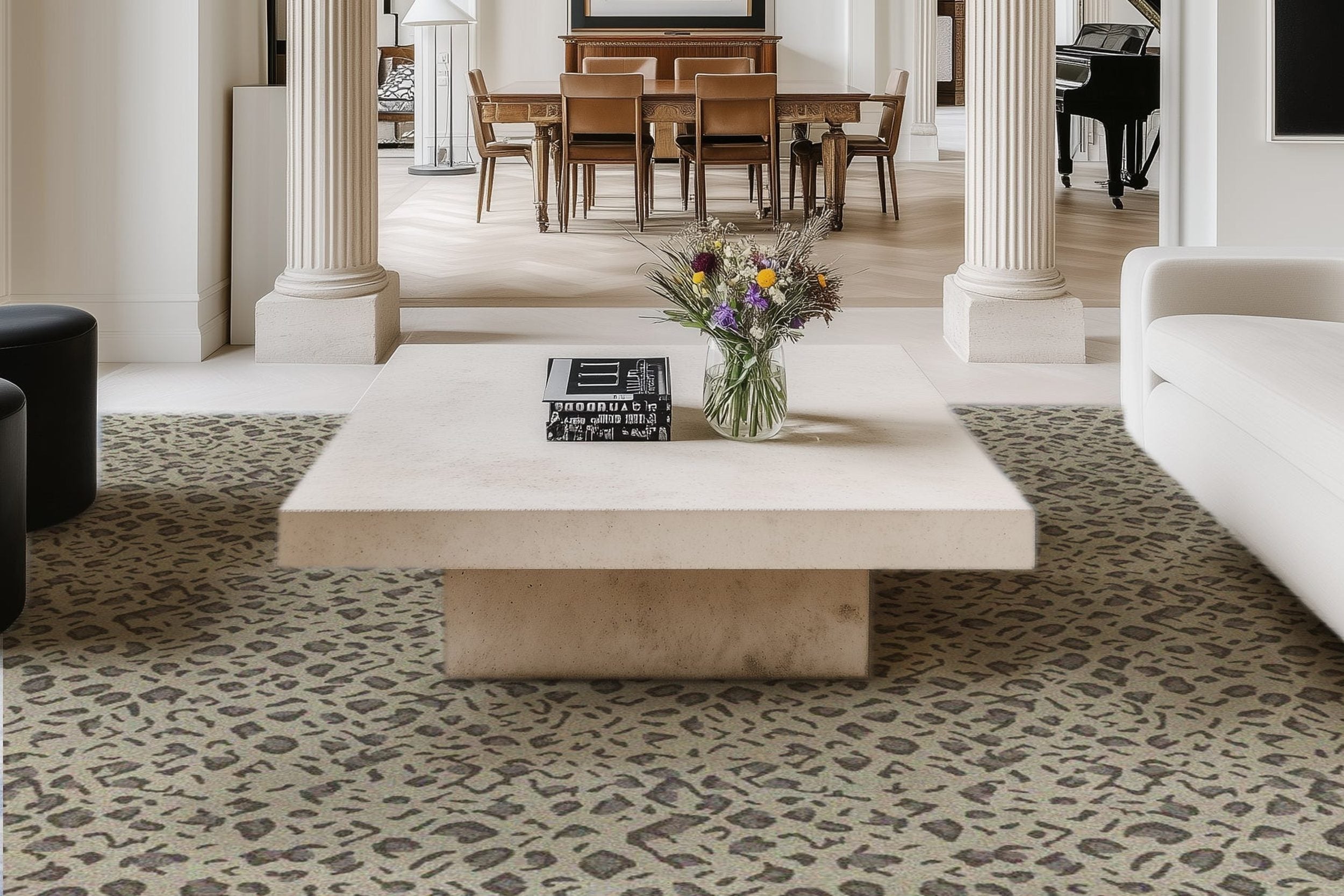Innovative Materials in Modern Facade Restoration

The field of facade restoration has seen significant advancements in recent years, with innovative materials playing a crucial role in preserving historical structures while meeting modern performance standards. These new materials and technologies allow for more effective, durable, and often less invasive restoration processes.
High-Performance Mortars and Grouts
Modern restoration mortars and grouts offer significant advantages over traditional mixes:
- Engineered Lime Mortars: Combine the breathability of traditional lime mortars with improved durability and faster curing times
- Mineral-Based Injection Grouts: Allow for structural consolidation of masonry without altering its appearance or breathability
- Geopolymer Binders: Provide high strength and chemical resistance, ideal for harsh environments
Benefits include:
- Improved compatibility with historical materials
- Enhanced durability and weather resistance
- Reduced environmental impact compared to cement-based products
Advanced Coatings and Sealants
Innovative coating and sealant technologies offer superior protection:
- Nano-Based Coatings: Provide water repellency and UV protection without altering surface appearance
- Breathable Water Repellents: Allow moisture vapor transmission while preventing liquid water ingress
- Flexible Sealants: Accommodate building movement while maintaining a watertight seal
Key advantages:
- Increased longevity of restoration work
- Improved energy efficiency through better moisture management
- Minimal visual impact on historical facades
Composite Reinforcement Materials
Fiber-reinforced polymers (FRPs) and textile-reinforced mortars (TRMs) offer new possibilities for structural reinforcement:
- Carbon Fiber Sheets and Rods: Provide high-strength reinforcement with minimal thickness
- Glass Fiber Meshes: Offer an economical solution for widespread crack control
- Basalt Fiber Reinforcement: Combines high strength with excellent chemical resistance
Benefits include:
- Minimal intervention to original structures
- High strength-to-weight ratio
- Corrosion resistance for long-term durability
Engineered Repair and Replacement Units
Custom-fabricated elements allow for precise matching of historical features:
- 3D-Printed Molds: Enable reproduction of intricate architectural details
- Glass-Fiber Reinforced Concrete (GFRC): Offers lightweight yet durable replacement for stone or terra cotta elements
- Engineered Stone: Provides weather resistance and consistency for large-scale replacements
Advantages:
- Accurate replication of historical elements
- Improved performance characteristics
- Potential for off-site fabrication, reducing on-site construction time
Smart Materials for Monitoring and Prevention
Emerging technologies incorporate monitoring capabilities into restoration materials:
- Self-Healing Concrete: Contains capsules that release healing agents when cracks form
- Piezoelectric Sensors: Integrated into materials to monitor stress and strain in real-time
- Phase-Change Materials: Help regulate temperature and moisture levels in building envelopes
Benefits:
- Proactive maintenance and early problem detection
- Extended lifespan of restoration work
- Improved energy efficiency and indoor comfort
Challenges and Considerations
While innovative materials offer many benefits, their use in facade restoration comes with challenges:
- Compatibility: Ensuring new materials work harmoniously with existing historical fabric
- Reversibility: Considering the potential need for future removal or replacement
- Long-Term Performance: Limited track record for some newer materials in historical contexts
- Regulatory Approval: Navigating preservation guidelines and building codes for new material use
Future Directions
The field of facade restoration materials continues to evolve:
- Bio-Based Materials: Exploring sustainable, plant-based alternatives for restoration products
- Nanotechnology: Developing materials with enhanced properties at the molecular level
- Adaptive Materials: Creating facades that can respond to environmental conditions
Nova Construction Services LLC stays at the forefront of these material innovations, carefully evaluating and implementing new technologies to ensure the best outcomes for facade restoration projects.
By judiciously incorporating innovative materials, modern facade restoration can achieve a balance between preserving historical integrity and meeting contemporary performance standards, ensuring that restored buildings continue to be functional, efficient, and beautiful for generations to come.
Browse by Category

Design Projects
Explore interiors from client work and personal renovations — layered, livable, and always in progress.
read more →
Collaborations
From product launches to styled spaces, discover the brand stories I’ve helped bring to life.
read more →
The Notebook
A growing archive of iconic designers, inspiring artists, and unforgettable design moments.
read more →
Travel by Design
Wander with a designer’s eye — from charming hotels and city guides to visual inspiration abroad.
read more →




